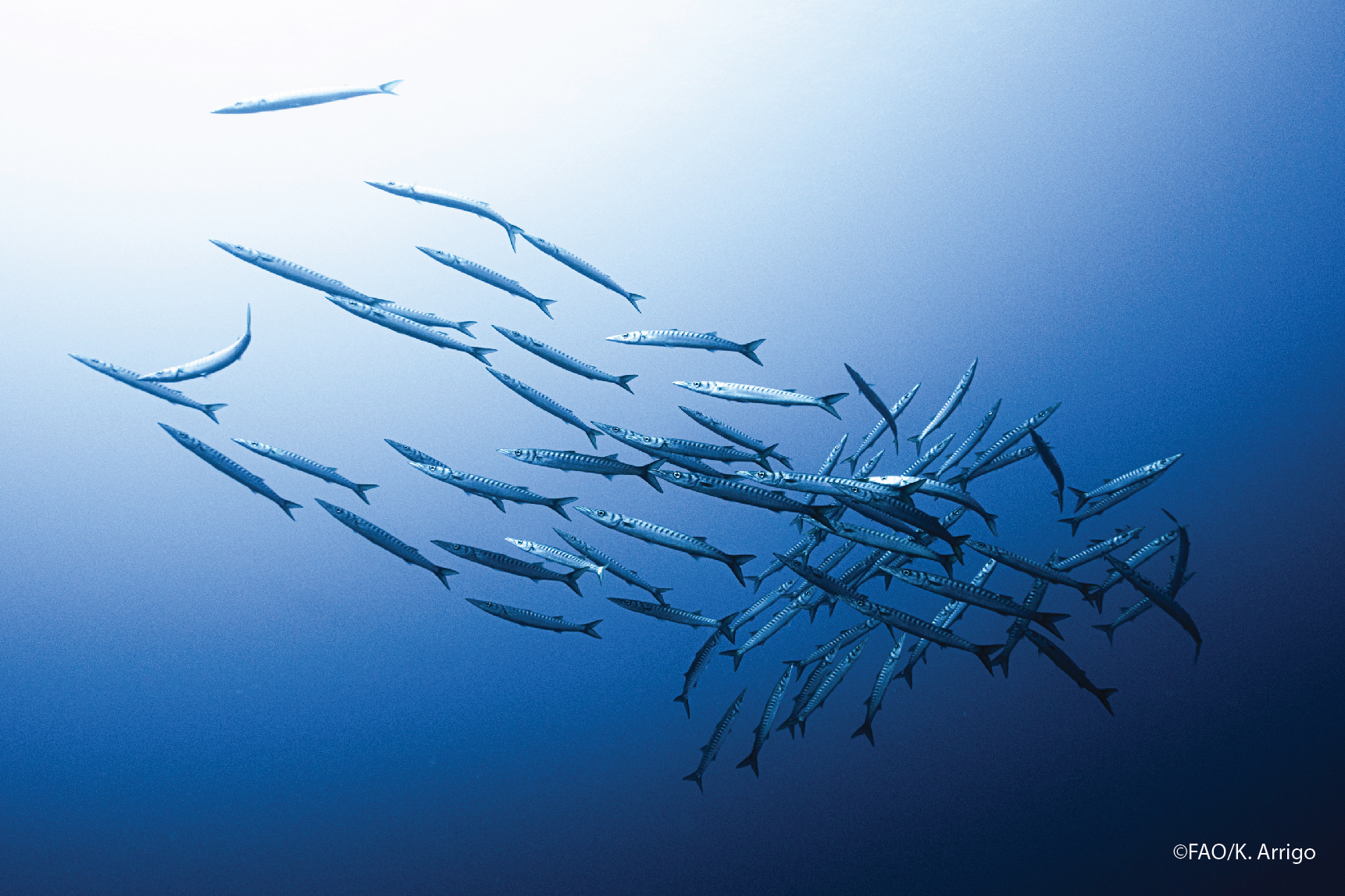Biodiversity for food and agriculture
 Biodiversity for food and agriculture is the diversity of plants, animals and microorganisms at genetic, species and ecosystem levels, present in and around crop, livestock, forest and aquatic production systems. It includes the diversity of domesticated crops, livestock and farmed fish and aquatic invertebrates, forest trees and wild-harvested aquatic species. It also includes the diversity of all the non-domesticated species that enable production to occur – for example, pollinators, soil-dwelling organisms, the natural enemies of pests, and the microorganisms that enable ruminant animals (cattle, sheep, goats, etc.) to digest fibrous feed – and all the wild species gathered or hunted for food and for other purposes. Ecosystems essential to food and agriculture include forests and grasslands, oceans and a variety of inland and coastal wetlands, including mangroves, coral reefs and seagrass beds.
Biodiversity for food and agriculture is the diversity of plants, animals and microorganisms at genetic, species and ecosystem levels, present in and around crop, livestock, forest and aquatic production systems. It includes the diversity of domesticated crops, livestock and farmed fish and aquatic invertebrates, forest trees and wild-harvested aquatic species. It also includes the diversity of all the non-domesticated species that enable production to occur – for example, pollinators, soil-dwelling organisms, the natural enemies of pests, and the microorganisms that enable ruminant animals (cattle, sheep, goats, etc.) to digest fibrous feed – and all the wild species gathered or hunted for food and for other purposes. Ecosystems essential to food and agriculture include forests and grasslands, oceans and a variety of inland and coastal wetlands, including mangroves, coral reefs and seagrass beds.Biodiversity for food and agriculture is essential to the supply of a wide range of ecosystem services that benefit both the food and agriculture sector and society at large, including sequestration of carbon, regulation of water flows, provision of protection against extreme weather events, removal of pollutants from air and water, provision of habitat for fish and other useful species, and supply of cultural and aesthetic benefits. It has been managed or influenced by farmers, livestock keepers, forest dwellers, fish farmers and fisherfolk for hundreds of generations.
Many components of biodiversity for food and agriculture are at risk of extinction or in decline. Their potential contributions to food and agriculture are often overlooked, undervalued and under-researched.









